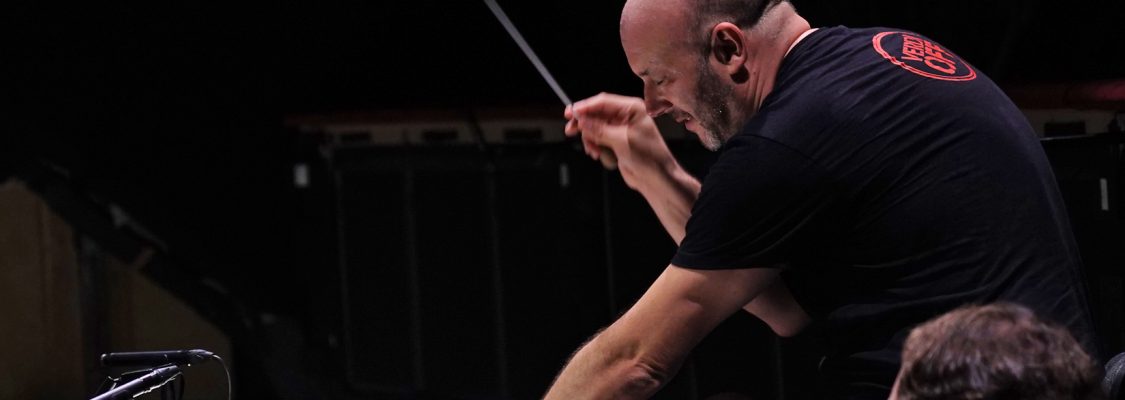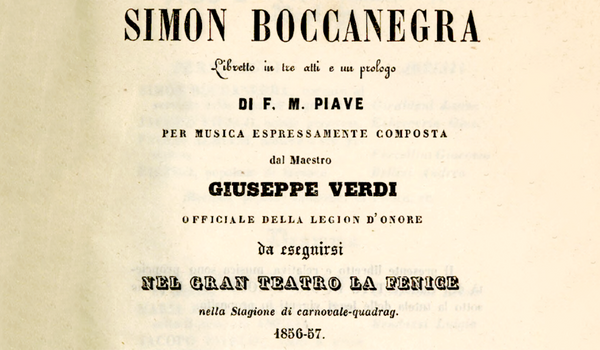«Quando tu andrai nelle Indie e nell’interno dell’Africa sentirai Il trovatore»
(letter from Verdi to his friend Opprandino Arrivabene, 2 May 1862)
«Taking a look back over this year, it has been very much “coloured” by Verdi. I’ve just been conducting the first 1857 version of Simon Boccanegra at the Parma Festival Verdi and in December will take on La Traviata at the Teatro Comunale di Bologna, working in between, as I love and am obliged by festival schedules to do, on my beloved Donizetti. Now, I’m about to conduct ten performances of the opera Il trovatore at the Gran Teatre del Liceu. The Barcelona Opera is reviving this production by Àlex Ollé, which was created for the Opéra de Paris and inspired by the First World War, into which fraternal conflict dictated by hatred and revenge explodes, all the more agonizing. Il trovatore is perhaps the most emblematic of Verdi’s artistic output from his most romantic period, that of the popular trilogy composed between 1851 and 1853. Verdi drew inspiration from El trovador by García Gutiérrez, a drama caballeresco staged in Madrid in 1836. Spain is a favourite setting for opera composers. It was for Mozart, and later for Bizet. In between came Verdi and the power of operas such as Ernani, La forza del destino, Don Carlos and, of course, Il trovatore. Spain has had a considerable evocative effect, particularly in Italy where the idea of Spain has been reinforced by its history of Spanish presence. But in this opera, rather than “Spanish inspired” wars, dynastic struggles and auto da fé, it is the decisive gypsy element that is in evidence. It was Verdi himself who chose and suggested to Cammarano such an intricate theme, and he himself developed it in a creative, imaginative and psychological, more than in a descriptive dimension. The gypsy presence is powerful and coherent within the story and contributes to creating the opera’s famous hue, its “vermilion” colour, giving rise to the well-known cabaletta «Di quella pira».
To bring this “fire” alive, I will be working with the wonderful chorus (prepared by Pablo Assante) and orchestra of the Liceu and two alternating casts showcasing stars who excel at singing Verdi».



